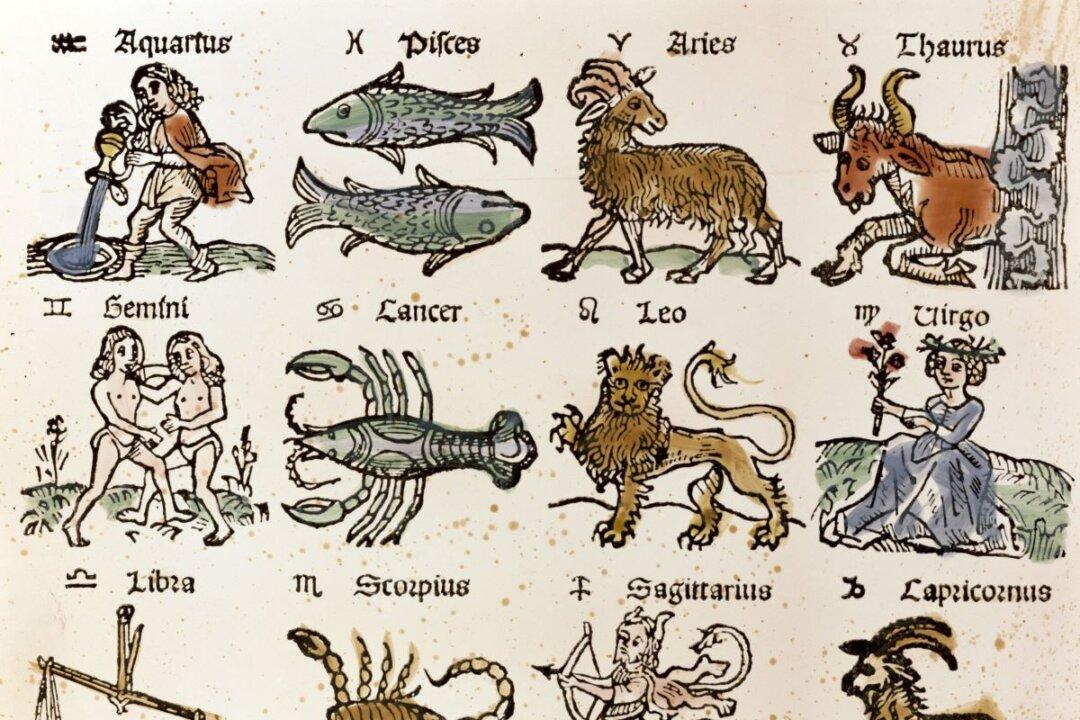Narrative is arguably the defining aspect of being human because narrative enables us to comprehend the world we live in; indeed, professor Brian Cox once wrote that “narrative may be regarded as a primary act of mind,” and physicist Frank Wilczek observed that “we humans are especially adapted to think in story and narrative.”
While science and technology are important and have their place, without stories, without narratives, we can’t make heads or tails of the science anyway! This also applies to the stories we tell about ourselves. While narratives can empower us to conquer the world, it’s an often-repeated wisdom that the majority of us tell very negative stories: “I’ll never be an athlete, because when I was 11, I was always picked last to be on the sports team,” “I don’t deserve this, because when I was 18, I made a mistake that ended a relationship,” or “I’m not good enough, because I failed a test at the university.” These stories mold our psyches and thereby create our living reality—the past distorts the future. So one of the primary aims of coaching and therapy is to address these often long-held inner narratives and strive to rewrite them in order to create a new paradigm.






